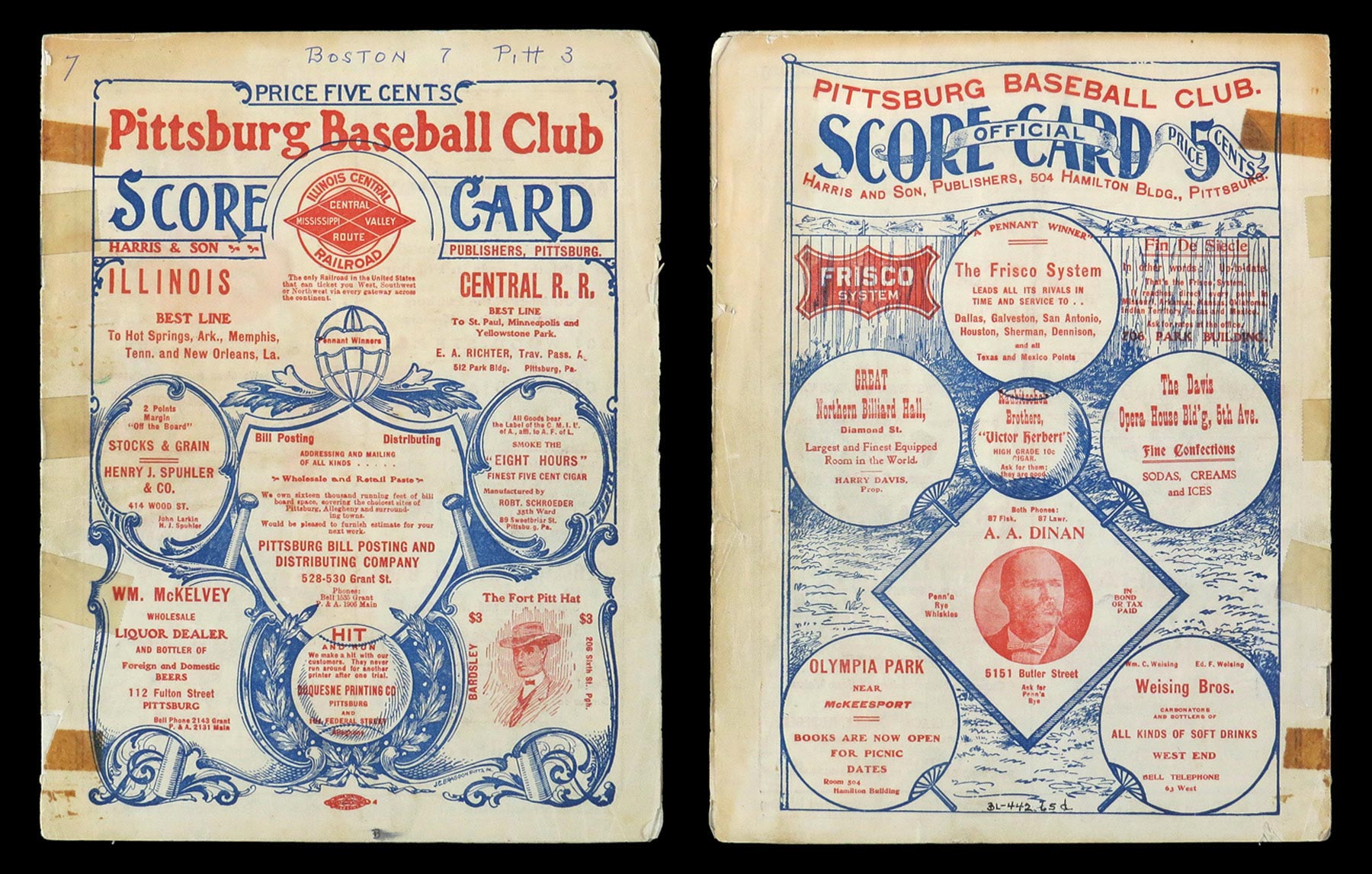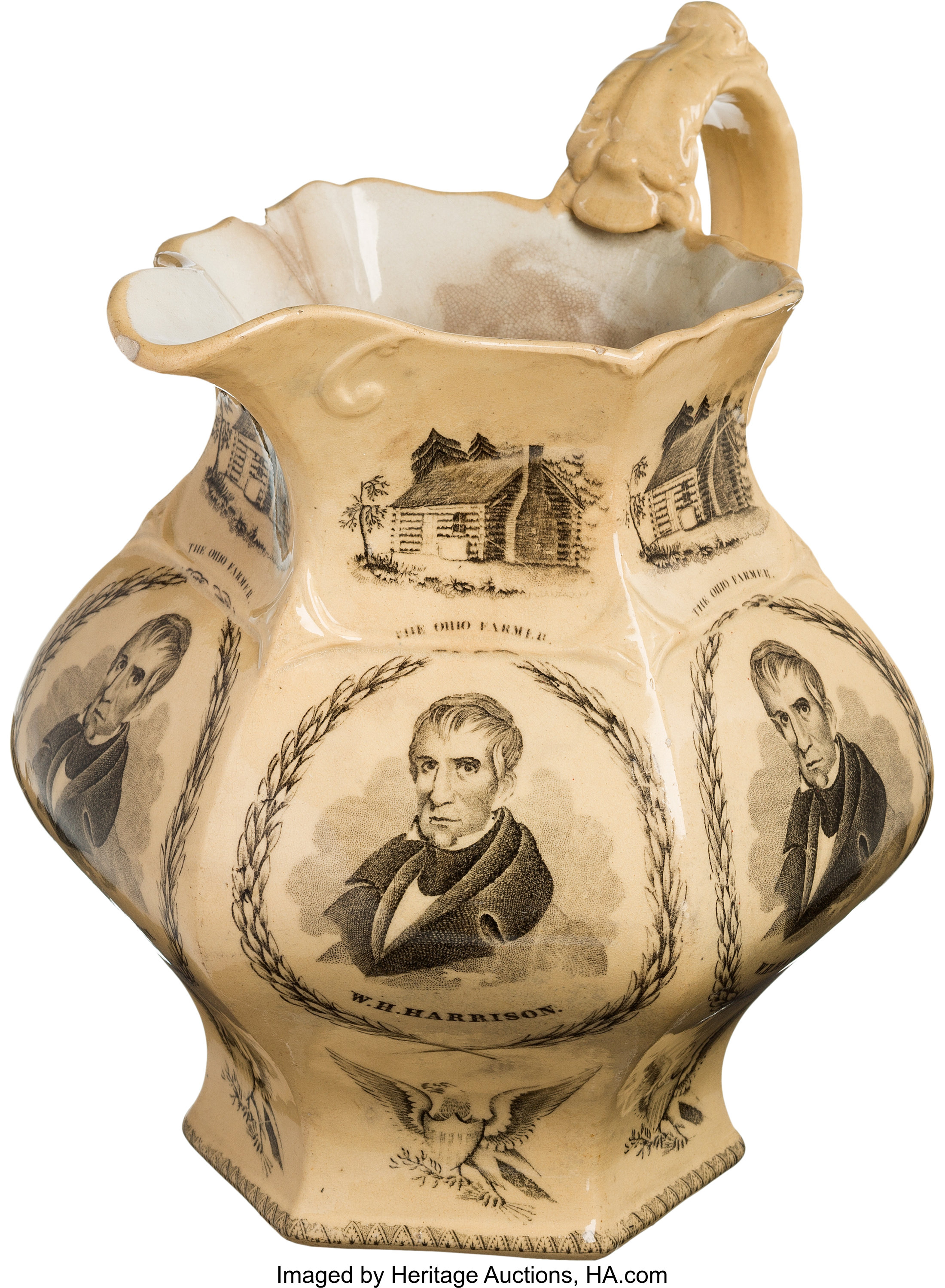A Maurice Sendak-designed Crocodile Costume from the Opera Goose of Cairo Could Fetch $5,000 at Rago

What you see: A crocodile costume designed by Maurice Sendak in the 1980s for a production of L’Oca del Cairo (Goose of Cairo), an unfinished opera by Wolfgang Amadeus Mozart. Rago Auctions estimates it at $3,000 to $5,000.
The expert: Justin G. Schiller, a specialist in rare and collectible children’s books. He co-created the corporation that consigned the costume to Rago Auctions.
So, how many operas did Sendak design for? Altogether I believe he did 15 operas and ballets. He began in 1980, with The Magic Flute, and his career went through to 2004 or 2005, with Brundibar. He was very interested in the experience of developing not only the sets and costumes, but trying to make the characters interactive.
Was this character the only crocodile character in Goose of Cairo, or was it one of several crocodiles? I think there was only one involved in the production. This is one of the few Sendak costumes that is complete. The head and feet are the main parts of those costumes. The bodysuits were painted to fit, but the crocodile costume was so specific, they kept everything.

Why is this costume described in the lot heading as being “After Maurice Sendak” rather than designed by Maurice Sendak? Maurice would have done the design on paper. The costume was created by the seamstresses, the people who make the costumes. In some cases, you see Maurice fix up the costume once it’s on the actor or the actress. He did the pictures, they did the physical production.
So he wouldn’t have been involved with making sure the costume was comfortable for the actor to wear? Yes, but if there was any problem with the fitting, he would have been consulted.
What do we know about Sendak’s approach to costume design? He took it very seriously. For example, when he was doing Hansel and Gretel, he went to German forests and studied the landscaping. It took him seven years to create.
Apparently it’s rare for a Sendak costume to survive intact, as this one does. How did it manage to do that? The production for Goose of Cairo was very short-lived. They [the few Goose of Cairo items that were found] were in a separate storage unit. It’s one of only two pieces of the production that survive. The other is a mechanical goose of Cairo that gets wheeled onstage, which Richard Michelson has. Goose of Cairo was never considered a main production, because it was an unfinished opera by Mozart. It’s usually presented as an interlude. It ran for about half an hour, and something else would have come with it. Maybe that’s why there weren’t many costumes.

Why are Sendak-designed costumes so scarce, compared to Sendak-designed sets? Probably because sets get rolled on stage or lowered on stage, and when they’re not on stage, they’re protected. Costumes get handled and used constantly. The condition of the crocodile is unusually good. It’s a simpler costume: bodysuit, head, gloves, foot coverings.
Is this crocodile costume a good representative of his opera costume design work? I would think it’s a very good example. The head is probably papier-mâché molded on top of a helmet so it fits on the head of an actor. From there, they’d build out the rest of the head, the body suit, the painted fabric. Several of the costumes we had would have the names of actors inside them and the names of the production companies.
Is that true here? No. I believe the crocodile had only one actor. When you have multiple figures wearing the same cluster of costumes, like in The Love for Three Oranges, different actors play the roles, and they all need to be fitted. Having names on them makes it much simpler.
And the provenance for this Sendak-designed costume–it went from the New York City Opera to you to Rago Auctions? Yes, exactly. We specialize in Sendak.
How did you come to own the Sendak-designed costume? The New York City Opera decided to sell all [the sets and costumes] they didn’t plan to put into sequence again [in 2013]. We decided to acquire as much as we could from productions they still had examples of.
How many Sendak-designed costumes did you acquire? It didn’t seem like a lot. We purchased ten or twelve.
How many complete Sendak-designed costumes survive? I don’t really know. There were a few major ones. There was a fabulous one with a very grand lady who was a pig, and a bear dressed up like a lord, [both] for a different opera, and they went for $4,000 to $6,000 each, as the hammer price [the price before the premium and other fees are applied]. I talked to the collector afterward. She was a very serious collector of opera and theater costumes. It was a unique opportunity to acquire a costume by Sendak.

When Sendak created book illustrations, he worked in two dimensions. When he created opera costumes, he had to think, to some extent, in three dimensions. How did he handle this challenge? Sometimes it’s the costume people, but Maurice’s drawings often show a profile, how it looks from the side. But sets are one thing, costumes are another. The catalog only shows side views of the crocodile head. Head on, it’s fantastic.
What details on the crocodile costume mark it as a Sendak design? Maybe with certain specific styles, you can look at it and say that’s a David Hockney or that’s a Picasso. With Sendak, I would say basically the [sense of] fantasy, of playfulness. His ogress would be friendly, even if the character was not.
What jumped out and me and said “Sendak” was the crocodile’s eyes, and the snout. It certainly was the eyes that got us. They’re wonderful, almost yolk-colored eyes. The snout–most artists would draw it as menacing. Sendak’s snout is friendly instead of menacing, despite all the teeth.
The condition report states that the Sendak-designed costume has “wear commensurate with theatrical use.” What does that mean in this context? It’s got scuffs or scrapes on the bottom of the tail and the foot coverings? That [the language] is mostly so people don’t think it’s brand new. The bodysuit may have a tear in the stitching, but overall, it’s quite good, and very dramatic.
Have you or your gallery partner or anyone at Rago Auctions tried on the Sendak-designed costume? You need a slim body [to wear it]. We told Rago they’d need some kind of body form [to display it and photograph it]. They were able to find a person on staff who could do the pictures. We were surprised and pleased that they were able to do that.
How does the wearer see? There are eyeholes in the neck.

Do you know what size the costume is? I don’t. Dennis [Dennis David, Schiller’s gallery partner] is suggesting it’s probably more of a medium. Maybe that’s why the crocodile is not looking too hungry.
Is the head attached to the tail, or are they separate pieces? The head is certainly separate. The tail is attached with button snaps to the back of the bodysuit. The gloves are part of the bodysuit. The head, in itself, is very decorative.
What’s the auction record for a Sendak-designed costume? The only auction I know of is from the New York City Opera sale, three costumes that were very elaborate in themselves. We were the underbidder. They were probably from The Love of Three Oranges. Those sold for between $4,000 and $6,000 each.
How to bid: The Sendak-designed crocodile costume is lot 1141 in the Curiouser and Curiouser sale at Rago Auctions on December 1, 2018.
How to subscribe to The Hot Bid: Click the trio of dots at the upper right of this page. You can also follow The Hot Bid on Instagram and follow the author on Twitter.
Rago Auctions is on Twitter and Instagram.
Justin G. Schiller has a website. Two, actually.
Image is courtesy of Rago Auctions.
Would you like to hire Sheila Gibson Stoodley for writing or editing work? Click the word “Menu” at the upper right for contact details.
![The Poisoned Apple, a study by Wanda Gág [pronounced 'Gahg'] for an illustration in a 1938 edition of Snow White and the Seven Dwarfs.](https://thehotbid.com/wp-content/uploads/2018/11/m38702-7.jpg)






